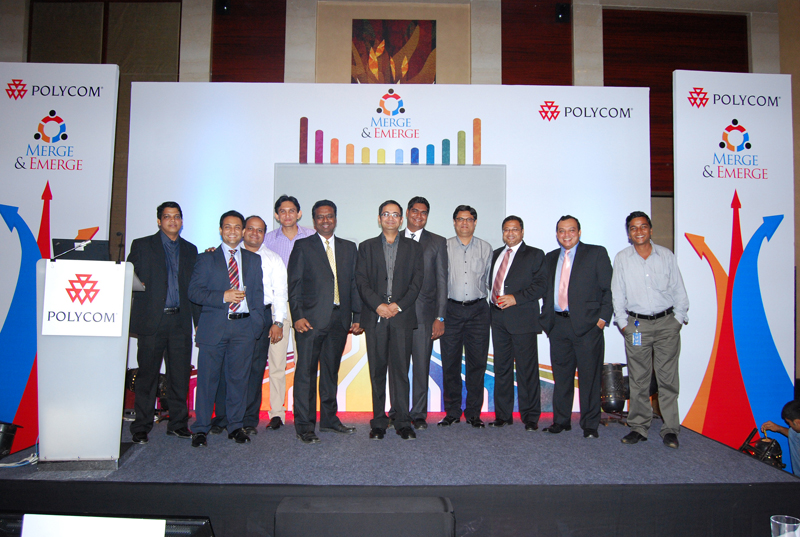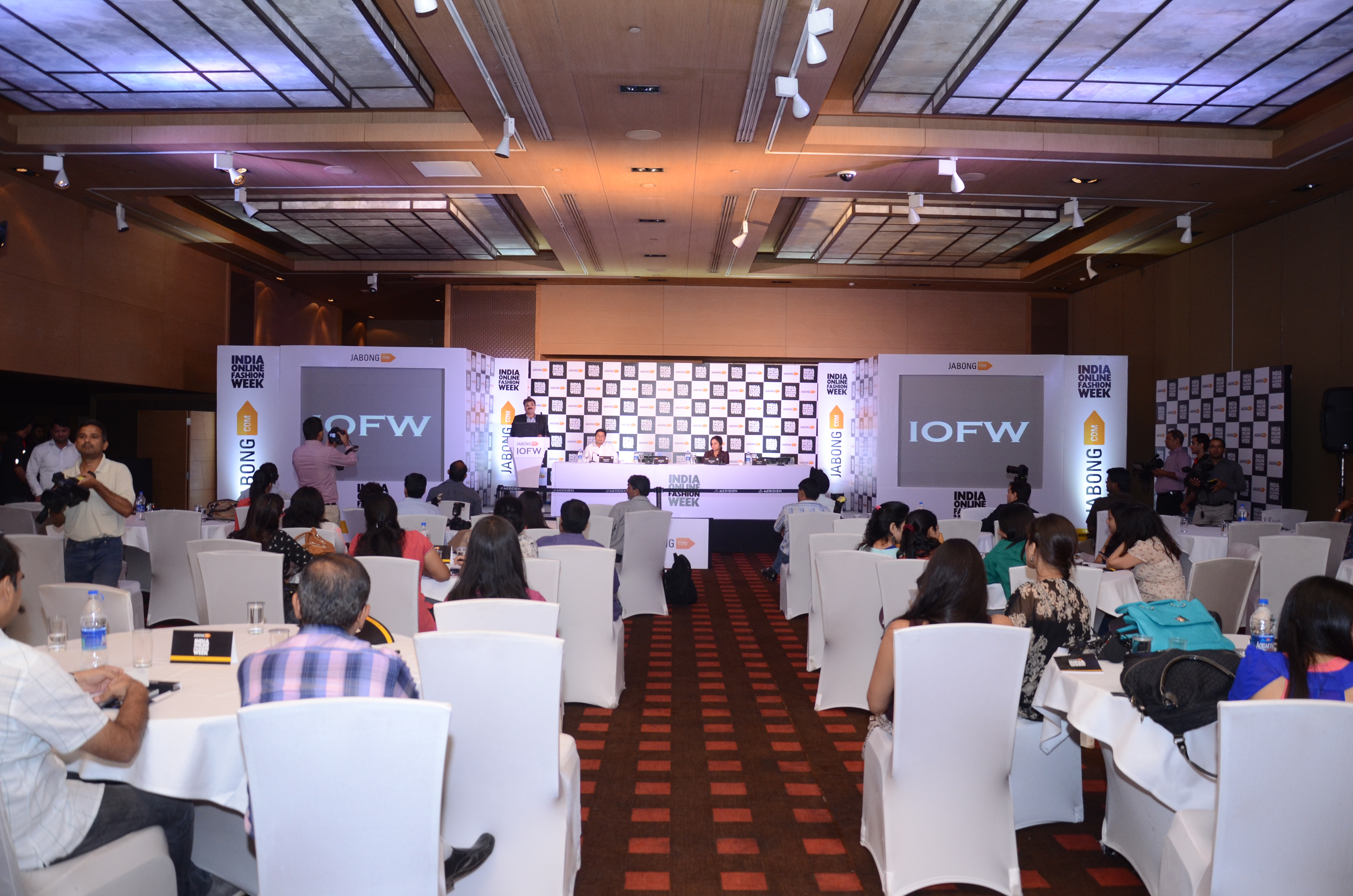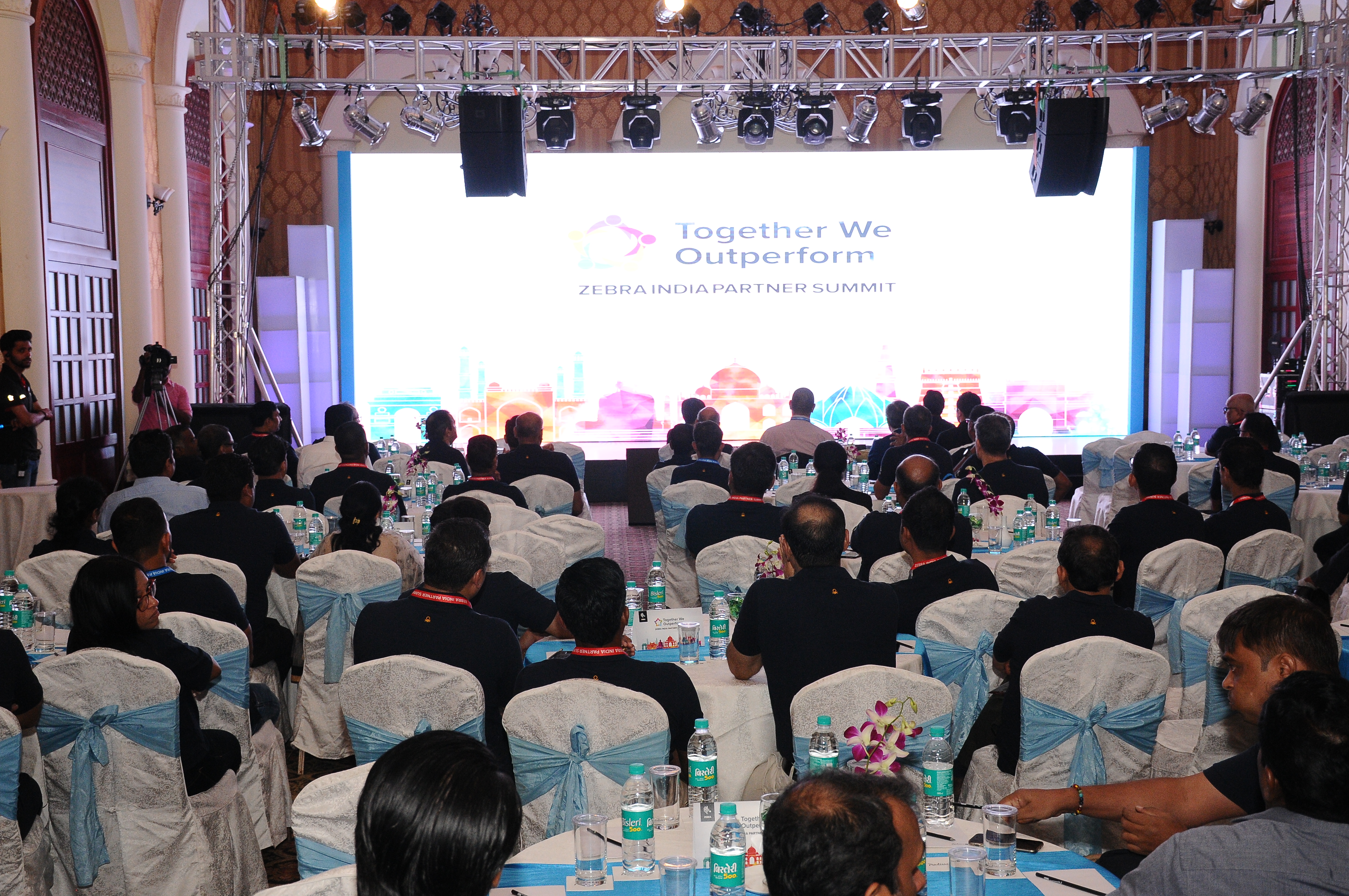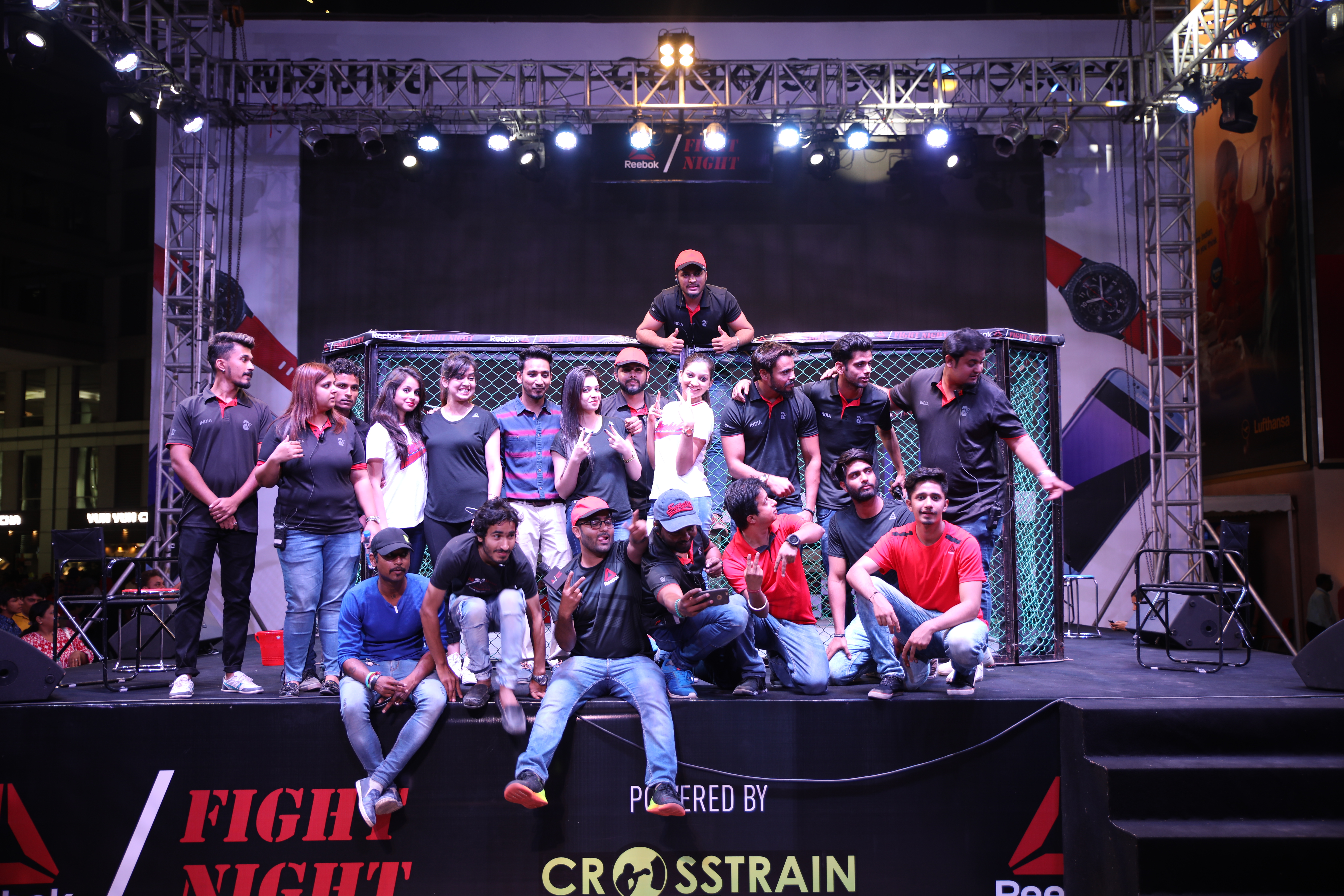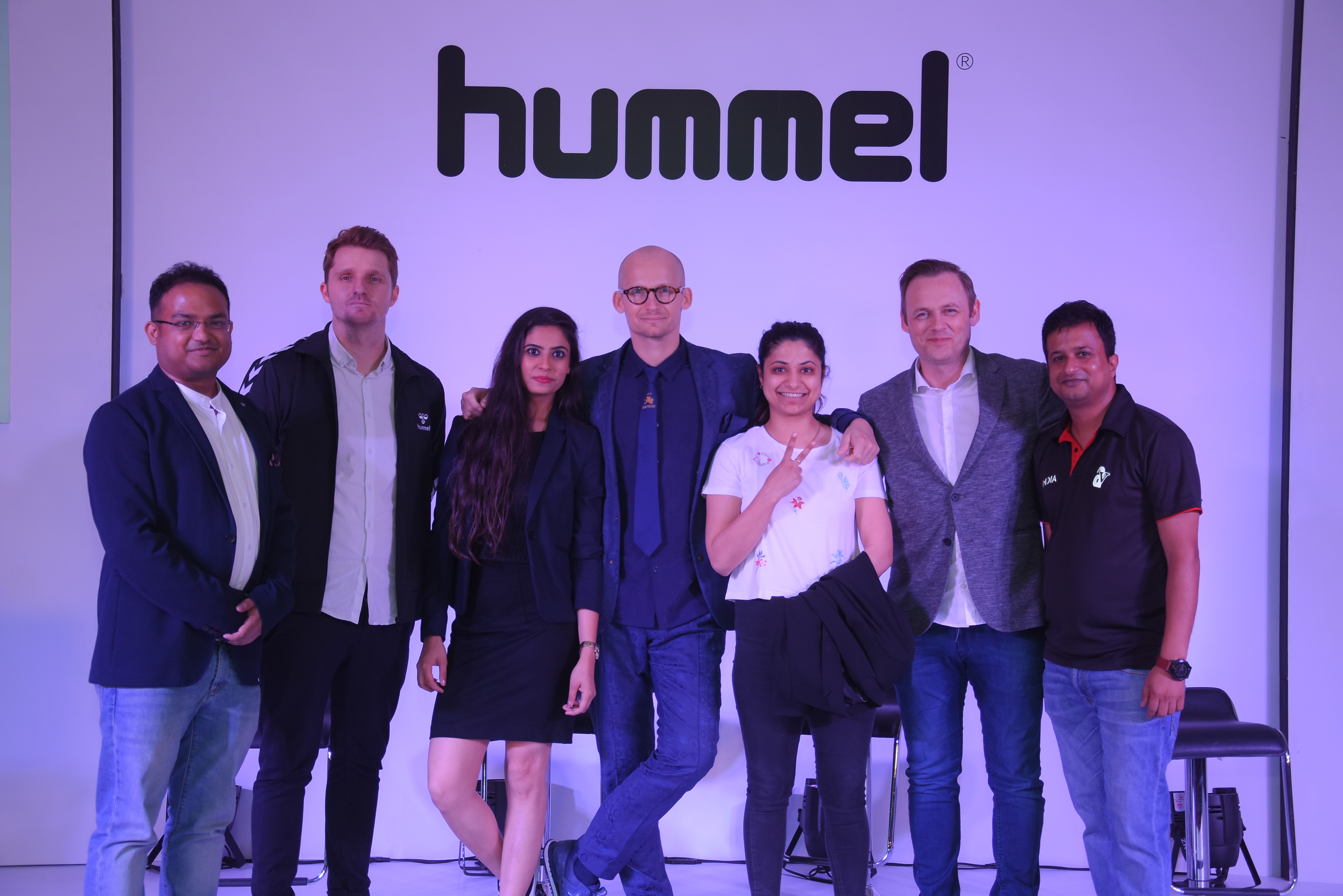Create an event that the town will always talk about!
By AVS IndiaEvent conceptualization and designing are crucial parts of event planning. It is the process of coming up with an event idea, and designing is the process of making that idea happen. The hardest part about event conceptualization and designing is coming up with an event concept that will not disappoint.
Event planning can be complicated but it's not rocket science. Creating an out-of-the-world environment or building on a client’s otherworldly vision into a concrete reality can be a lot of pressure on you. To create a memorable event concept that doesn't disappoint, you must first understand the core elements that contribute to its success.
1. Audience - The first step in event conceptualization is to identify your target audience. You will want to determine who will come to your event, what their interests are, and how they will react to your event. This will help you design an event that appeals to them and makes them feel welcome at your event. Make sure you think about how your audience will respond to your ideas because they will be the ones who experience it firsthand.
2. Clear mission - Have a clear vision for what you want to accomplish with your event. You should create a mission statement for your event. This mission statement should be concise but still, provide enough information about what kind of event it wants to be in so that others can understand it better. For example, if you are planning a conference for people with disabilities, then the mission statement might read: "We aim to educate people about how we can work together so that we can accomplish our goals more easily." This tells visitors what kind of conference it is and why people should attend it (to learn about working together).
3. Rehearsal down - This is where you walk through your space and identify every feature of your property. This includes the interior, exterior, and any other important areas of interest. You will do this to make sure there are no surprises once the event starts.
4. Think before you leap - Before you even begin to conceptualize, sit down and ask yourself: "What do I want this event to look like?" If you've never done this before, it may seem like an overwhelming task, but the more you practice, the easier it will become. Start by taking a good look around your space, hall, house, hotel, or office—does anything inspire you? What do you see in front of you that could be used as inspiration for your event? Think about what makes this place unique or special, and then build off of that.
5. Mood Boards & References - It is important to have mood boards and references when creating an event concept so that you can find inspiration for your design choices. These can come from magazines, books, websites, etcetera. You should also look at other events (both local and national) to get ideas for how they were executed.
They are often used by creatives to help them make decisions about colors, fonts, textures, and everything about their visuals! This is where we'll pull from for inspiration! When creating your mood board, keep in mind that we're going for timelessness here—if something starts feeling too trendy or trendy-ish (like neon colors), then consider switching gears slightly towards something more classic or timeless instead.
6. Conceptualization - After this step comes conceptualization—which involves brainstorming ideas for different types of events based on what type of audience you want (e.g., conferences), and how many speakers there will be at each session. Think about how you want people to feel at the end of their experience with your event, so they will leave feeling fulfilled or inspired, or even just relaxed after they've had fun!
7. A Creative Presentation - The final step in creating an event concept is presenting it to those involved in planning or organizing the event. You should present it visually through photos or videos as well as verbally through a presentation with slides or other visuals on hand so that they can get a better understanding of what they are getting themselves into!
Safety and fire hazard
As you launch your event, it is important to know what you want to achieve. If you have a specific goal in mind, then it will be easier for you to create a concept that does not disappoint. This will help you avoid having any safety or fire hazards at your event.
Make sure your venue is safe. Make sure that the fire department can access the building easily, and that there are no hazardous chemicals or materials present. If there are any hazardous materials, notify the fire department immediately so they can be removed from the building before your guests arrive.
Safety and fire hazards are the number one concern for event organizers. To create a safe, enjoyable event, you must pay attention to the following:
- When planning your event, make sure that all participants are aware of the potential hazards and how to avoid them.
- Be sure to provide adequate training for your staff on how to handle potentially hazardous situations.
- Have a plan in place so that any emergencies can be handled quickly and in a way that doesn't cause further delays or damage to the event.
- Make sure that all of your emergency exits are in working order, as well as any sprinklers or other fire prevention equipment.
- When you've taken care of these important matters, you can move onto planning for all of your guests' safety needs. Make sure that everyone has the proper footwear (shoes with traction), and that they have plenty of water available in case they need it (a bottle or two per person). You should also supply them with basic first aid supplies such as bandages, gauze pads, and tape; this will help if someone gets hurt during your event!
- Finally, make sure some people can help if something goes wrong—even if it's just someone who knows CPR!
Final walkthrough
Think of the event as a story. Every event has a beginning, middle, and end. The beginning is the planning stage when you come up with the idea for the event and start to put together a plan. The middle is the event itself when everything comes together and you execute your plan. The end is the post-event stage when you reflect on the event and assess its success. No matter how you conceptualize an event, the important thing is to have a clear understanding of its purpose and how you hope to achieve it.
With this knowledge in hand, you can start to put together a plan that will make your event a success.

